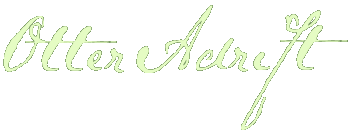Today was definitely lion day. We found our first lions in the morning, just leaving the site of a kill to the jackals and hyenas. Actually, the jackals were the most impressive thing. Having got used to seeing one or two at a time, skulking around waterholes or padding over the road, it was amazing to see a disorganised pack of maybe forty of them, kicking up dust and arguing over bones and scraps while the lions moved sedately away and a trio of hyenas moved in.
Later at Okondeka waterhole we watched two lions cross the road and go to flop down under a thorn bush, becoming instantly invisible only a few yards away. Reminding us how many other times we could have been in the presence of lions or other cats without ever knowing it. And then we spotted two other lionesses closer to the water (actually, I said “there’s a lion there – in the grass just right of that big stone” and Maureen replied “you mean that big stone… that is actually a lion?”).
All the hundreds of springboks, zebras and wildebeest were perfectly aware of the nearby lions, but they came down to drink anyway. It was clear to see that these prey animals know exactly what their “safe distance” is – how close they can get and still have plenty of time to flee if a lion decides to spring out. Springboks can get a lot closer to lions than zebras, for example.And then in the afternoon we found more lions at Nebrowni waterhole; four lionesses at first, later replaced by a young male. More amazing, a pair of elephants visited the waterhole to spray themselves with cooling white clay, turning themselves into mysterious primordial ghost-elephants. But the lion insisted in remaining at the waterhole, just loping a few yards if the elephants tried to scare him off, and at one point walking right between the pair of them.
This is what’s so special about Etosha, that I’ve never seen anywhere else. The waterholes force different species together, in numbers, and you see fascinating interactions that you’d never get just driving around the roads of the Kruger.We went on a night drive too, but weren’t allowed to use our own torches (red light only). We didn’t see much… just yet more lions at Gemsbokvlatke waterhole! Later at the Okakuejo waterhole one of our fellow night drive passengers admonished me for shining my torch to indicate where some hyenas were approaching – “you’ll disturb the animals!” – I really couldn’t be bothered to point out to him that they already have four massively high-powered lamps shining down on them!
Related Images:

















































